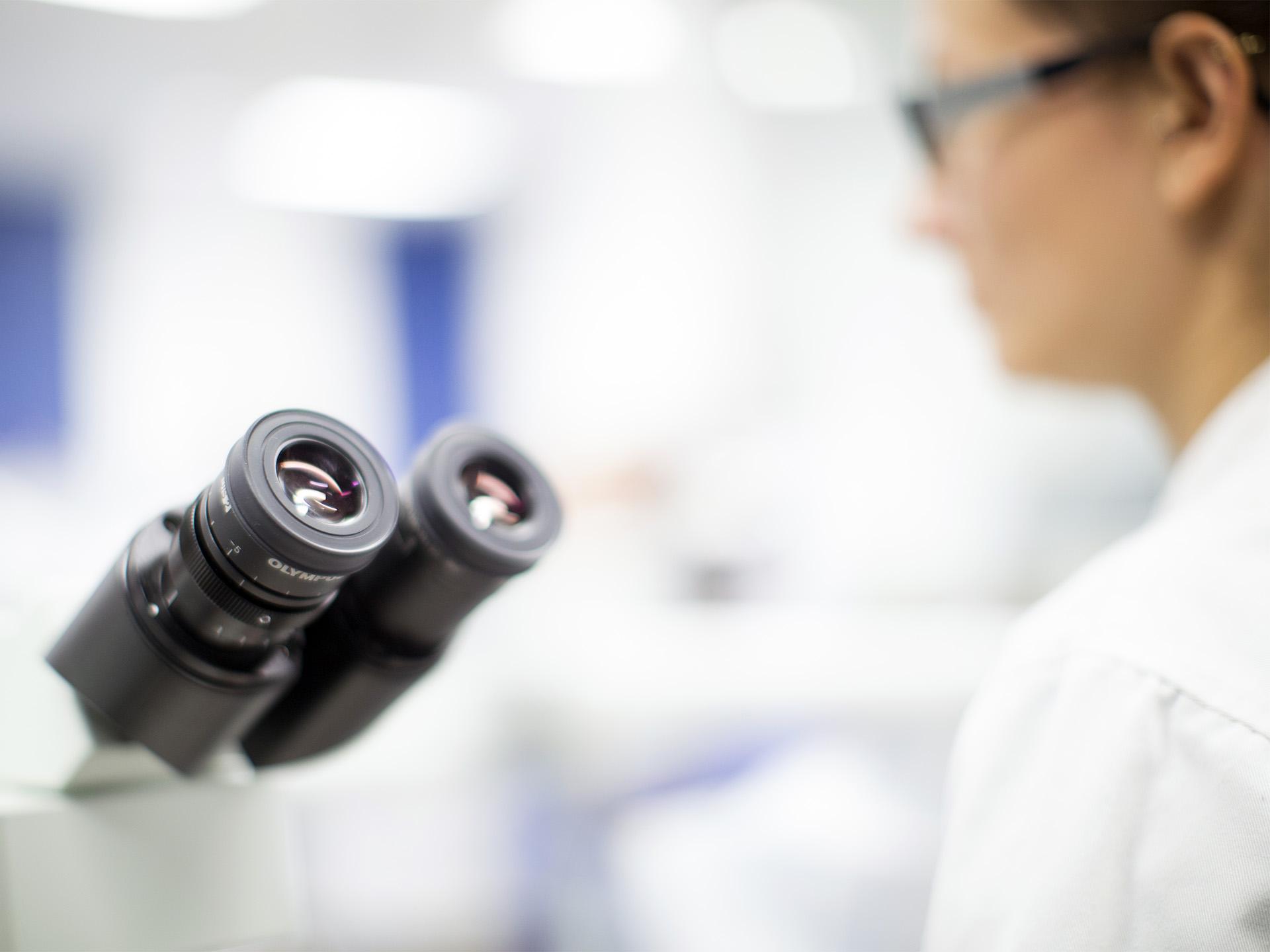How does parental DNA affect cattle growth?
Case study: Sex and parental genome effects on bovine fetal development.

Lifelong development in cattle is largely programmed before birth and is affected by many genetic and epigenetic factors.
During fetal development, the process of forming organs and tissues and is mediated by tissue-specific patterns of gene expression. Therefore, determining the patterns of expression and mechanisms of gene regulation at key fetal stages will provide information about normal development.
Studying qualitative and quantitative changes in the transcriptome and understanding the mechanisms that regulate gene expression and the association with specific phenotypes in bovine fetal development will help us to explore both sex effect and breeds effect.
To carry out this work, we sequenced 120 cattle fetal samples - purebred and reciprocal cross individuals of the two cattle sub-species, Bos taurus indicus and Bos taurus taurus - using material from a unique experiment designed by Professor Stefan Hiendleder.
120 samples (60 males and 60 females) were collected from tissues derived from all three germ layers of the embryo, including brain, liver and lung, skeletal muscle, and placenta. Sequencing data were mapped to the Brahman and Angus cattle reference genomes which is created from a genome assembly project that leading by local scientists at Davies Livestock Research Centre.
For sex effect, a remarkably small set of XY genes (gametologues) was identified that differentiate males and females across all tissues. Expression levels of paired gametologues in males and females are unbalanced and explain 18% - 96% of the phenotypic variance in organ weights attributed to the sex effect.
Considering the significant programming events at the embryo-fetal stage, we propose that early differences in gametologues expression between females and males is fundamental drivers of phenotypic differences between the sexes.
Further studies on how these ancestral X-Y gametologues regulate gene activity using ATAC-seq and Methylation-seq will contribute to our understanding of the sexual dimorphism in health and diseases.
For breeds effect, there were many genes that showed a significant breed difference in expression in each tissue. These genes were found to participate in pathways related to tissue-specific function.
Genes that were differentially expressed between pure Angus and pure Brahman in all tissues were found to relate to functions such as immune response and stress response. The differentially expressed genes (DEGs) between the purebred groups and in the reciprocal crosses showed an additive expression pattern, where both paternal and maternal genomes contributed to the gene expression levels. Only 5% of DEGs in each tissue showed a parent of origin driven expression, Angus or Brahman, and showed both maternal and paternal dominant effects.
Exploring these further would require long read Iso-seq data to resolve haplotype specific expression. The data provide a basis for future research on parental genome effects underlying phenotypic differences in cattle fetal development. Taking these factors into account may improve the welfare and productivity of cross-bred cattle in tropical environments.

Image: U.S. Department of Agriculture research biologists Dr Ben Rosen and Dr Georg Liu, with Davies Research Centre scientists Dr Lloyd Low and Cynthia Liu.
Contributors
University of Adelaide
- Ruijie (Cynthia) Liu
- Dr Lloyd Low
- Professor John Williams
- Professor Stefan Hiendleder
- Professor David Adelson
U.S. Department of Agriculture
- Dr Ben Rosen
- Dr Georg Liu
